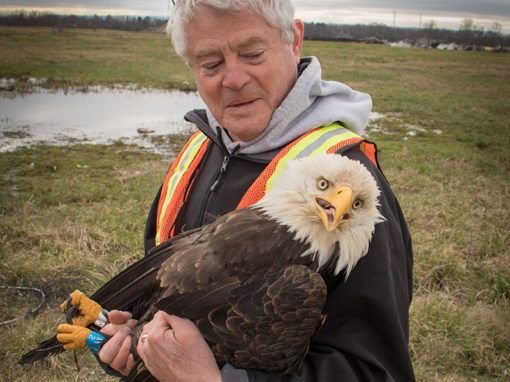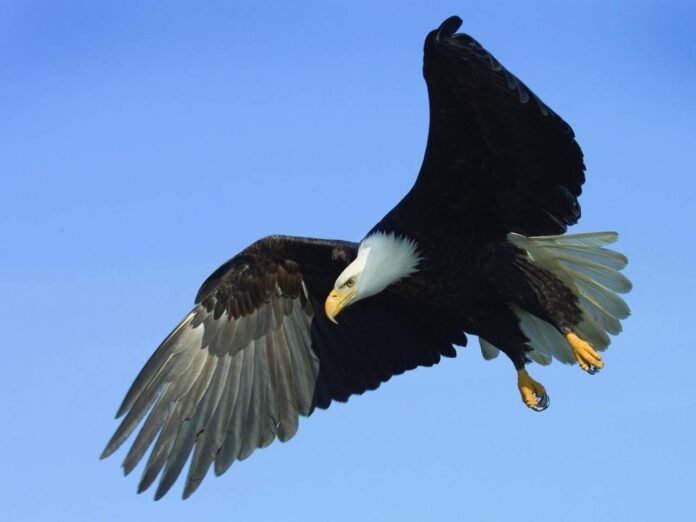Hancock Bird is a renowned organization dedicated to the study, conservation, and appreciation of birds established by David Hancock in 2006 . Its work is vital in the fields of ornithology and wildlife conservation, contributing significantly to the understanding and preservation of bird species around the globe. This article delves into the history, mission, efforts, and future plans of Hancock Bird, highlighting its critical role in protecting avian biodiversity.
What is a Hancock Bird?
The term “Hancock bird” refers to a specific group of medium-sized birds known for their distinctive features. Let’s explore their defining characteristics:
1. Appearance and Plumage
- Vibrant Colors: Hancock birds boast brightly colored feathers, ranging from striking blues and greens to warm oranges and reds.
- Intricate Patterns: Their plumage often features intricate patterns, making them visually appealing and easily recognizable.
2. Habitat and Distribution
- Preferred Environments: Hancock birds inhabit diverse ecosystems, including dense forests, wetlands, and coastal regions.
- Geographic Range: While primarily found in North and South America, some species also occur in parts of Asia and Europe.
Types and Categories
Hancock birds belong to a larger family of avian species. Let’s explore their diversity:
1. Species Diversity
- Unique Traits: Each Hancock bird species exhibits specific traits, such as feeding habits, mating rituals, and vocalizations.
- Identification: Ornithologists rely on distinctive markings and behavioral cues to differentiate between species.
Behavioral Traits
Understanding the behavior of Hancock birds provides valuable insights into their ecology:
1. Feeding Habits
- Diet: These birds consume a varied diet, including insects, fruits, and nectar.
- Seasonal Variation: Their food preferences change with the seasons.
2. Mating Rituals
- Courtship Displays: During the breeding season, male Hancock birds engage in elaborate courtship displays.
- Singing and Dancing: Males showcase their vibrant plumage while singing and dancing to attract females.
3. Migration Patterns
- Long-Distance Travelers: Some Hancock bird species undertake impressive migrations, covering vast distances to find suitable breeding or feeding grounds.
Also read: Get_ready_bell:client_pulse, Features, Benefits, and More
Hancock Bird History and Background
Hancock Bird was founded with the vision of protecting bird species and their habitats. Over the years, it has grown into a leading authority in bird conservation and research.

Key milestones include landmark studies, the establishment of bird sanctuaries, and successful advocacy for bird protection laws. Notable figures associated with Hancock Bird include pioneering ornithologists and conservationists who have shaped its direction and success.
Mission and Vision
The core mission of Hancock Bird is to conserve bird species and their habitats through research, education, and community engagement. Its vision encompasses a world where birds thrive in healthy ecosystems, contributing to biodiversity and ecological balance. Hancock Bird’s goals include habitat preservation, species recovery, and fostering a global community committed to bird conservation.
Species Focus
Hancock Bird focuses on a variety of bird species, from the endangered to the commonly overlooked. Detailed studies are conducted on species such as the Bald Eagle, the California Condor, and numerous migratory birds. Conservation efforts include habitat restoration, breeding programs, and monitoring population health. Interesting facts about these birds, such as their migratory patterns and unique behaviors, are often highlighted to raise awareness.
Hancock Bird Conservation Efforts
Hancock Bird is at the forefront of avian research and conservation. Ongoing projects include studies on bird migration, the effects of climate change on bird populations, and habitat use.

Conservation strategies encompass protected areas, legislative advocacy, and international cooperation. Collaborations with universities, government agencies, and other NGOs amplify its impact and reach.
Education and Outreach
Educational programs are a cornerstone of Hancock Bird’s mission. These include school visits, workshops, and public lectures designed to foster a love for birds and nature. Community engagement campaigns aim to involve the public in conservation activities, from citizen science projects to habitat cleanups. These efforts significantly increase public awareness and support for bird conservation.
Facilities and Resources
Hancock Bird operates state-of-the-art research centers and sanctuaries. These facilities are equipped with advanced tools and technologies, such as satellite tracking devices and genetic analysis labs, to aid in research. Sanctuaries provide safe havens for endangered species and serve as educational sites for the public.
Challenges and Issues
The organization faces several challenges, including habitat destruction, climate change, and human-wildlife conflicts. Addressing these issues involves comprehensive strategies, such as lobbying for stronger environmental protections, engaging local communities in conservation efforts, and developing adaptive management plans. Future risks, such as emerging diseases and invasive species, are also being proactively managed.
Success Stories
Hancock Bird has numerous success stories that underscore its effectiveness. One notable example is the recovery of the Bald Eagle population, which was once on the brink of extinction. Through habitat protection and breeding programs, Hancock Bird played a crucial role in this species’ resurgence. Testimonials from scientists, volunteers, and community members highlight the positive impact of its work.
Get Involved
There are many ways for the public to support Hancock Bird’s mission. Donations are crucial for funding research and conservation projects. Volunteering opportunities are available for those who wish to contribute their time and skills. Membership programs offer benefits such as exclusive updates and participation in special events. Partnering with Hancock Bird, whether as an individual or organization, helps expand its reach and impact.
Future Plans and Developments
Looking ahead, Hancock Bird is planning several ambitious projects. Upcoming initiatives include expanding protected areas, launching new research on emerging threats to bird populations, and enhancing educational outreach through digital platforms. Long-term goals focus on sustaining bird populations and habitats amidst growing environmental challenges. Innovations such as AI-powered monitoring systems and community-based conservation models are on the horizon.
Conclusion
Hancock Bird plays a vital role in the conservation of bird species and their habitats. Its comprehensive approach, encompassing research, education, and community involvement, ensures that birds continue to thrive. The organization’s efforts inspire individuals and communities to value and protect our avian friends, fostering a more biodiverse and balanced ecosystem.
Also read: Exploring 127.0.0.1:62893: A Detailed Guide
Exploring Revo Technologies in Murray, Utah: Innovating for the Future
